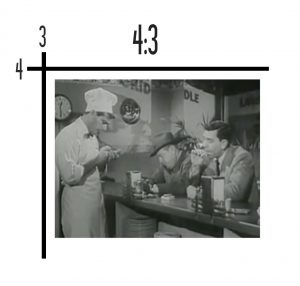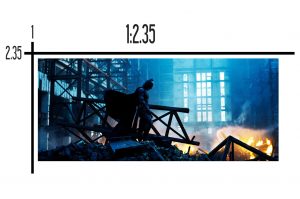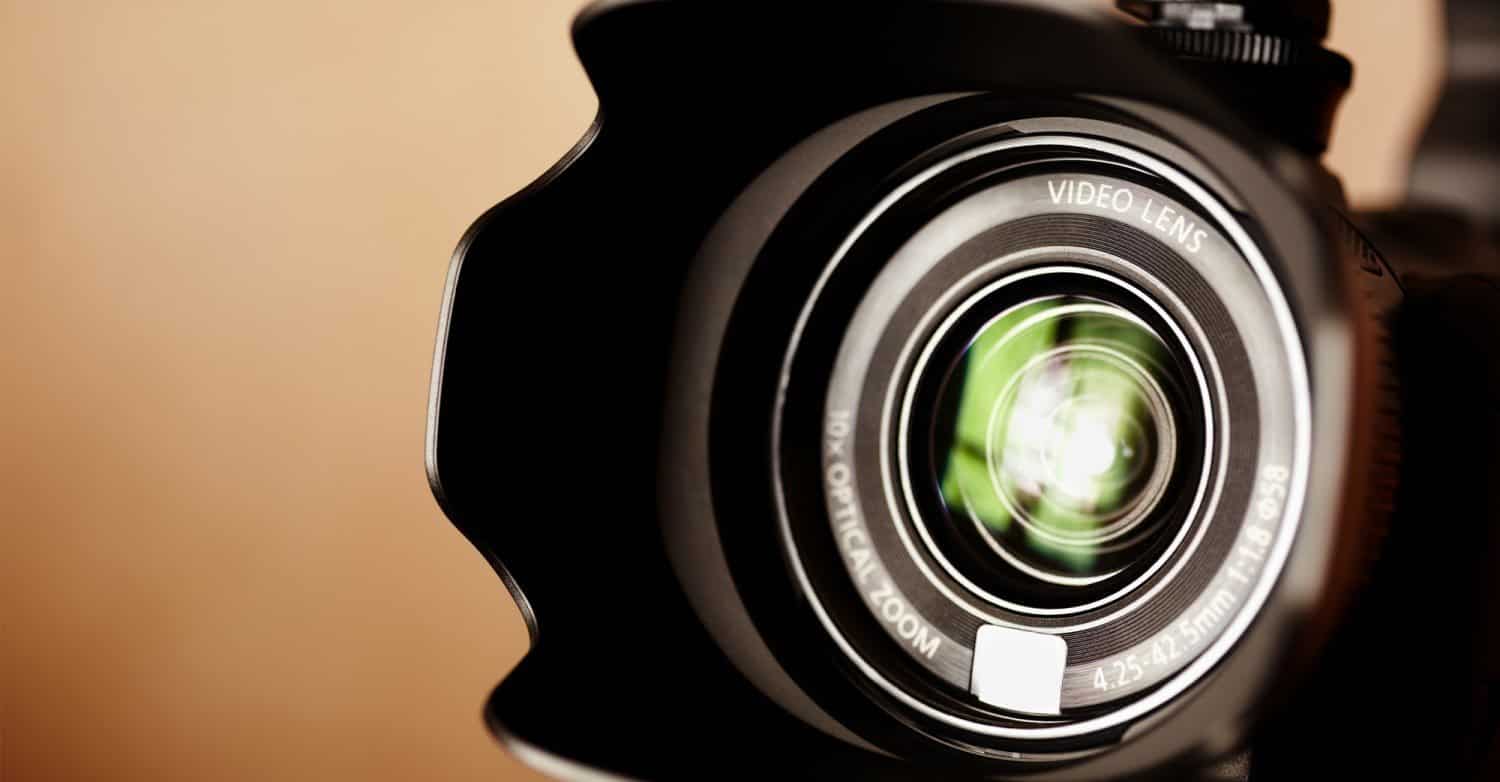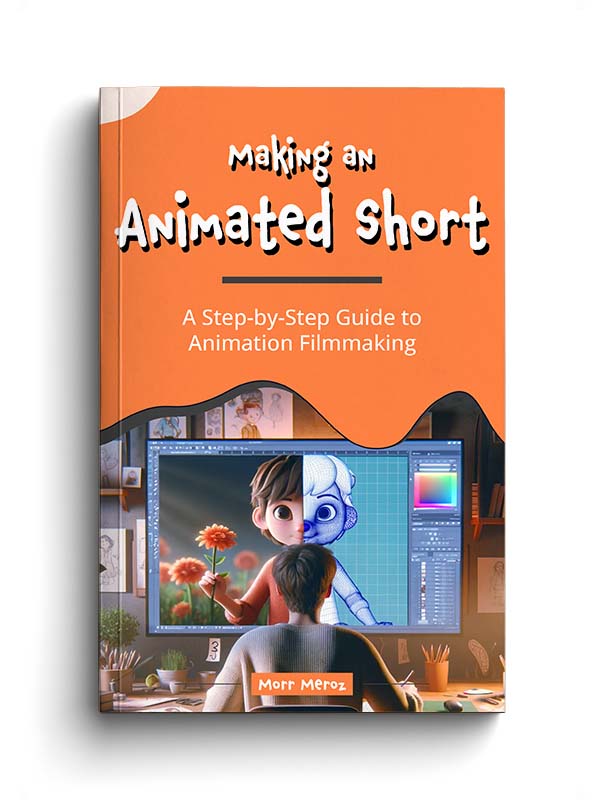In this post I want to cover the topic of aspect ratio, mostly deciding between 2.35:1 vs 16:9. I’m going to show you different kinds of popular aspect ratios, when should you use them and which one I’ll be using for my next film, Tasteful.
What is aspect ratio?
Put simply, aspect ratio is the ratio between the hight and width of the screen. We refer to aspect ratio in 2 ways – either the proportions of the screen (16:9, for example) or using x:1 format (1.77:1, for example). For the latter case, we would usually simply say “1.77”, omitting the “:1” part.
In short – 16:9 and 1.77 mean the same thing.
What are the different aspect ratios?
There are many different aspect ratios, but the most common ones are 4:3. 16:9 and 2.35:1.
 4:3
4:3
The first one (4:3), also referred to as standard definition, is barely used anymore. This is the ratio in which old televisions used to be produced. This ratio is not used in any new films or TV shows, but it could be used when making a video that supposed to look as if it’s old. Giving it a vintage look.
 16:9
16:9
The most popular aspect ratio, used in all HD formats such as HD720, HD1080 and 4K. It’s the aspect ratio used in most TV shows, online video and some films.
 2.35:1
2.35:1
This wide aspect ratio provides a much more cinematic look and used mostly in films.
Widescreen ratios
I’ve chosen 2.35:1 as one of the more popular choices for widescreen, but there are many others such as 2.59, 1.85, 2.76, 2.20 and more. You can play around with them to see which one appeals to you.
Which one should you use?
Deciding on an aspect ratio is really based on what you’re trying to achieve. Your decision basically comes down to whether you want to go with the HD ratio of 16:9 or any of the other wide screen ratios.
For most uses like online video (such as vlogging, tutorials, funny sketches, explainer videos, dog videos, family videos etc) you’d probably wanna go for the standard 16:9. The only time you might wanna consider using the widescreen ratio is if you’re trying to achieve a cinematic look.
Not all movies benefit from a cinematic look. Funny movies, for example, or romantic comedies don’t get much benefit from a dramatic cinematic aspect ratio. Epic action packed films, however, do get that benefit.
What I’m using for my next short
The reason I’ve started looking into the whole debate of aspect ratio, is that I wanted to use a different one for my film. I’ve seen some animated shorts use that wide cinematic 2.35 aspect ratio and I wanted to try it out.
After playing with that for a while I’ve noticed that I’m able to achieve very pleasing compositions this way, and I really love that widescreen feel.
To not make renders insanely long, I’ve decided to use the 1920 dimensions of the 16:9 HD format and simply reduce the hight from 1080 to 818, making it a 1920×818 pixels.
A deeper look into the history of aspect ratio
Making an Animated Short (FREE ebook)
A free ebook covering the process of making an animated short film from start to finish.




